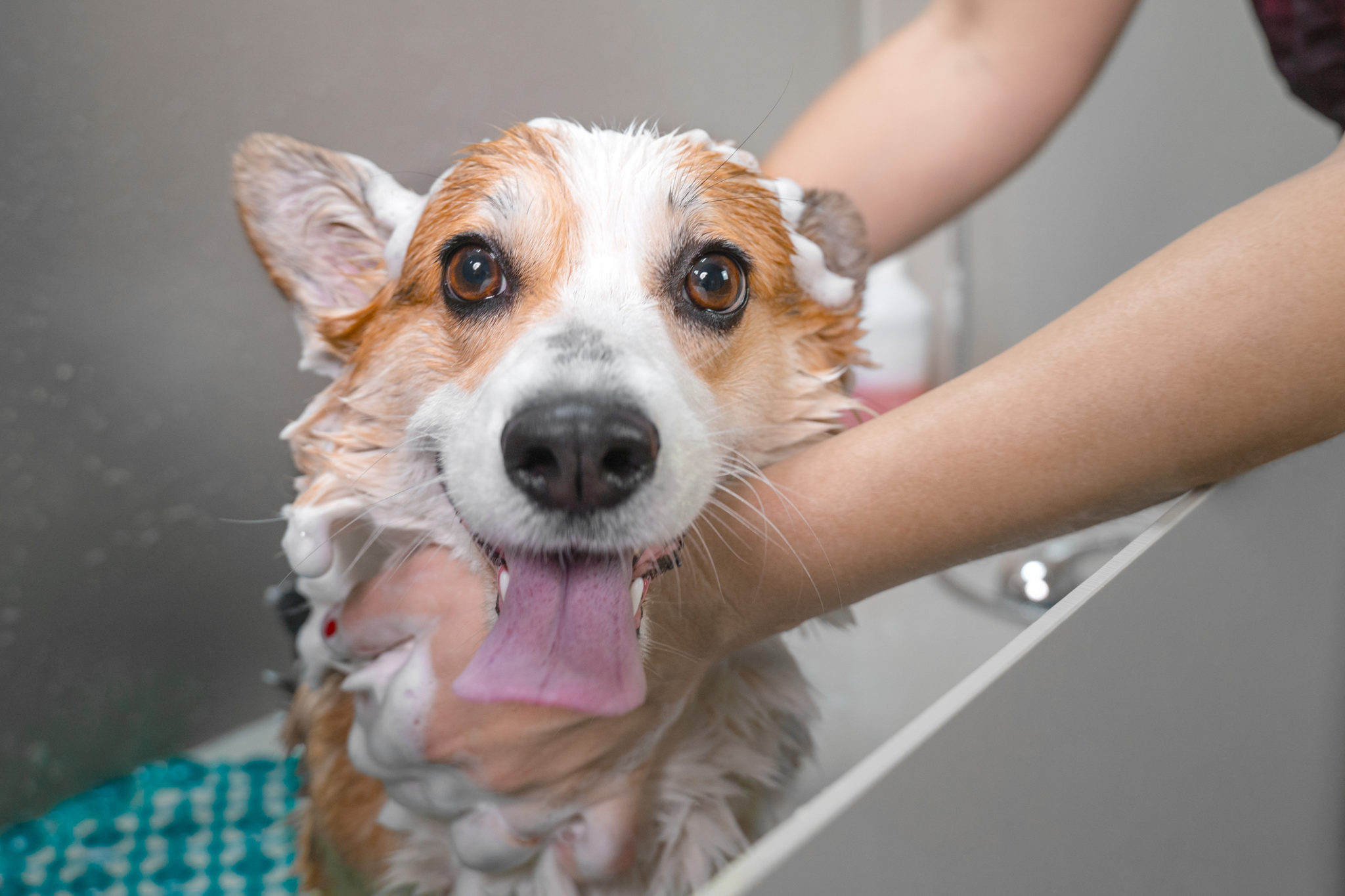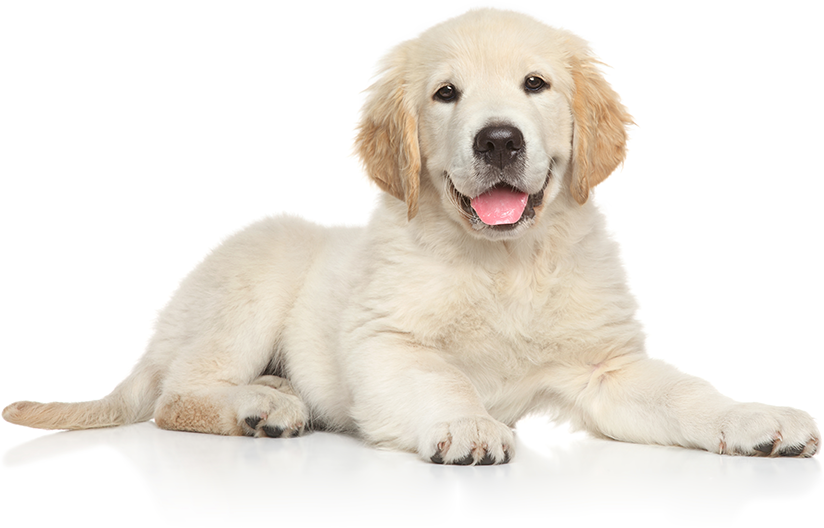
Jun 01, 2020 | By, For Pet's Sake
5 pet grooming tips you can learn during the COVID-19 pandemic
Does your pet hate bath time? Maybe nail clipping causes your pet to squirm uncontrollably. Chances are there’s at least one part of the grooming process that you prefer to leave to the professionals.
The COVID-19 pandemic has forced some grooming businesses to close or change their hours. It has also caused some veterinarians to postpone routine services in favor of animals with more serious conditions.
When this occurs, you may be on your own trimming, brushing, and cleaning your pet. Here are some tips to help you groom your pet while you wait for places to reopen.
Bath time
Thankfully, pets don’t need baths nearly as often as humans. Cats rarely need them at all! However, you should still bathe your furry friend every few months or if they are really dirty.
Brush your pet to remove any dead hair before putting them in the tub, which should be filled with warm water. As you pour or spray more water on your pet, be careful to avoid the eyes, ears, and nose. Massage specially formulated pet shampoo into their skin, rinse it, and before you know it, you’ll be ready to dry them off.
Puppies tend to get feisty at bath time, so watch out for biting. If you’re bathing your cat, it might be wise to trim their claws before you start washing.
Teeth brushing
Bacteria and plaque-forming foods can wreak havoc in your pet’s mouth, increasing the risk of gum disease and other dental problems. Luckily a healthy diet and chew toys can help keep your pet’s teeth and gums healthy in between brushing.
Try to brush your pet’s teeth multiple times per week, and try to choose times when they are calm. Getting your pet acclimated to you touching their mouth is a huge part of the battle. You can do this by gently massaging their gums with your fingers. Then start introducing specially formulated pet toothpaste and a toothbrush to the routine.
Watch out for discolored or bleeding gums, unusually bad breath, excessive drooling, or visible discomfort in your pet. These are signals that your pet needs a visit to the vet.
Brushing
Brushing your pet helps collect loose hair, spread natural oils, remove dirt, and reveal fleas and ticks.
Long-haired dogs and cats are more susceptible to knots and matting, so you’ll need to brush them much more often than their short, smooth-haired counterparts. A slicker brush helps remove tangles, and then a bristle brush finishes the job and leaves your pet looking and feeling fresh.
Neglecting to brush your pet could lead to excessive shedding of dead hair or hairballs in cats.
Paw and nail care
Treats and a drowsy pet are the keys to this one. The most important thing to avoid during this chore is cutting the pink “quick” of the nail. You can also see this appear as a nail-colored circle on the surface of where you cut each nail.
Some pets have black nails, which make the quick nearly invisible, so go slowly to avoid cutting too closely. If you do cut the quick accidentally, styptic powder or corn starch and gentle pressure can help stop bleeding. Restarting the session at a different time is recommended so your pet doesn’t get scared.
Cats are a little tougher than dogs because you have to draw their claws out by touching their paws. You can try the “spaghetti trick” to help your cat associate positive outcomes with the sound of the nail clipper and you touching their paws.
Don’t neglect the paws themselves. Treat any cuts or splinters when you see them, and use moisturizers made for pets when you notice their paws becoming dry or cracked.
Ear cleaning
Regularly inspect your pet’s ears for dirt and wax. Make sure to use wipes, cotton balls, or gauze along with a liquid ear cleaner approved by your veterinarian. Inserting objects like Q-tips into the ear canal can cause infection or trauma.
Excessive ear scratching, discoloration, odor or drainage can be signs of a more serious problem. Dogs with allergies and floppy hair are especially at risk of infections.
You may struggle when you first try grooming your pet at home, but the more you do it (and the more you help them enjoy the experience through treats and cuddles), the easier it will get.
Have a question about pet health? Want to become the best possible pet parent? Find helpful tips, reminders, and insight to giving your furry friend the best possible care with For Pet’s Sake! Learn more at drdevonsmith.com.

